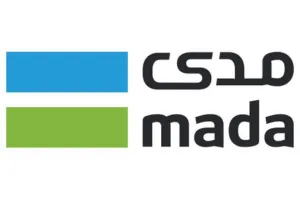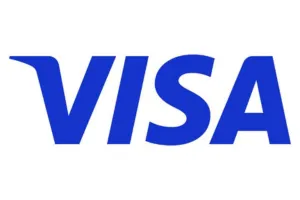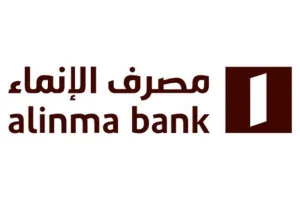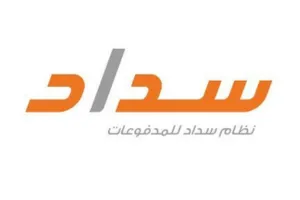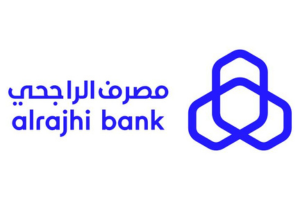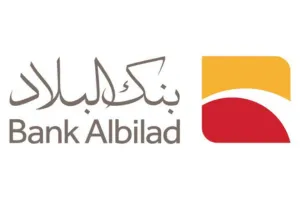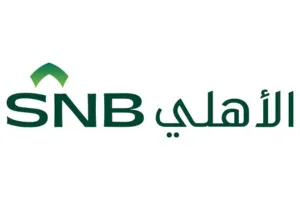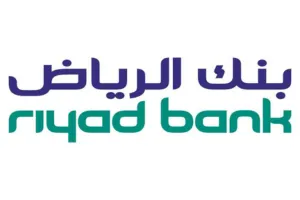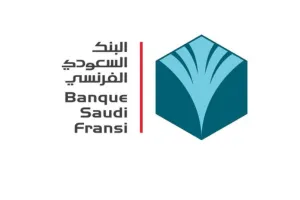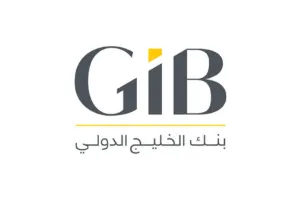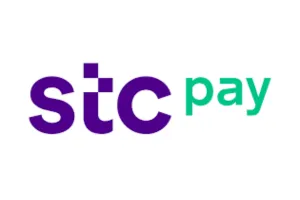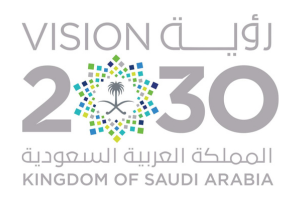Red meat
The opportunity is to establish an integrated red meat processing facility that aims to meet the growing demand for these products in the local and regional markets. The facility will focus on using best practices in raising and fattening animals, and then processing the meat in a way that ensures its quality and food safety. A variety of products including fresh, processed, and frozen meats will be offered to meet the diverse needs of consumers. The facility will also adopt innovative methods of production and packaging to ensure the provision of high-quality products.
Study content
Rationale for choosing the project
The project contributes to meeting the growing demand for red meat in the Kingdom, stabilizing the local market and reducing dependence on imports.
Focusing on high quality standards at all stages of production, from the selection of animals, through nutrition and health care, to slaughter and processing.
The project provides many direct and indirect job opportunities, which contributes to strengthening the local economy and supporting the community.
The possibility of exporting meat to regional markets, which increases financial returns and enhances the Kingdom’s ability to compete in the regional and international market.
Adopting advanced methods and technologies in production and packaging processes, which improves production efficiency and ensures business sustainability.
Contribute to achieving food security by providing a sustainable and local source of meat, which supports the Kingdom’s goals of localizing food production.
The ability to diversify products to meet the needs of different segments of consumers, including the commercial, restaurant, and supermarket sectors.
Focusing on sustainable production practices, such as water resource management and environmental conservation, which enhances the project’s image as an environmentally friendly initiative.
Demand analysis
Saudi Arabia is one of the largest consumers of red meat in the Middle East. This significant rise in consumption is attributed to food traditions and dietary habits, where red meat is an essential part of daily meals and special occasions.
The Saudi Arabian red meat market is expected to witness tremendous growth in conjunction with the expected significant increase in the number of Hajj and Umrah visitors. The Kingdom plans to raise the number of visitors from 7 million in 2019 to 30 million by 2030. This huge increase will increase the demand for red meat products to cater to the growing numbers of pilgrims, as well as other tourists.
With the rising number of working women in the Kingdom and a changing lifestyle towards a busy and fast-paced schedule, processed meat products, such as frozen and canned meat, are expected to witness significant growth. Working families tend to look for quick and easy-to-prepare food solutions, which increases the demand for processed red meat.
The Kingdom is witnessing significant population growth, along with a rise in household disposable income. With increasing nutritional awareness and the emergence of red meat as a major source of protein, this trend is expected to continue boosting the demand for red meat products.
The Kingdom is moving towards a more diversified diet with a growing culture of healthy and diverse food consumption, which is boosting the consumption of red meat and making it a major choice for consumers.
Financial indicators
Capital: SAR 16 million
Return on Investment (ROI): 15%
Total revenue: The project is expected to generate steady revenue and incremental growth as demand for red meat increases in the Saudi market.
Return on Investment: With a 15% rate of return, the project is expected to generate good profits during the first few years of operation.
Capital payback period: Based on the rate of return, the capital is expected to be recovered in a reasonable period of time, allowing investors to realize the expected returns quickly.
Cash flow: Thanks to high demand and sustained profitability, cash flows will stabilize, helping to cover operational costs and increase profits.
Profit margin: The project contributes to high profit margins as a result of minimizing import-related costs, which enhances the economic viability of the project.
Investment advantages
High return on investment: The agricultural sector, especially livestock farming, is one of the most lucrative fields, especially with the constant demand for red meat in the Saudi market.
Government incentives: The Saudi government offers incentives for projects that contribute to the local economy, especially in the agricultural production sector.
Financial sustainability: With sustainable growth plans and expansion of production, investors can expect steady returns over the long term.
Export potential: The project offers opportunities to export meat to regional and international markets, boosting revenues and providing opportunities for expansion.
Strategic partnerships: Potential for partnerships with local and international distribution companies, helping to maximize the reach of products to the largest number of markets.
Features of the project
Meeting the needs of the local market: Demand for red meat in Saudi Arabia is high, with a growing need to meet the needs of consumers amid a growing population and economic growth.
Product diversity: The project offers the possibility of producing a variety of red meat, meeting the needs of different markets, such as fresh, frozen and processed meat.
Reducing dependence on imports: The project contributes to reducing dependence on importing meat from abroad, which enhances economic independence and reduces the costs resulting from imports.
Supporting food security: The project contributes to enhancing food security in the Kingdom by increasing local production.
Sustainable production: Sustainable and cost-effective breeding techniques can be implemented to optimize production and reduce costs.









